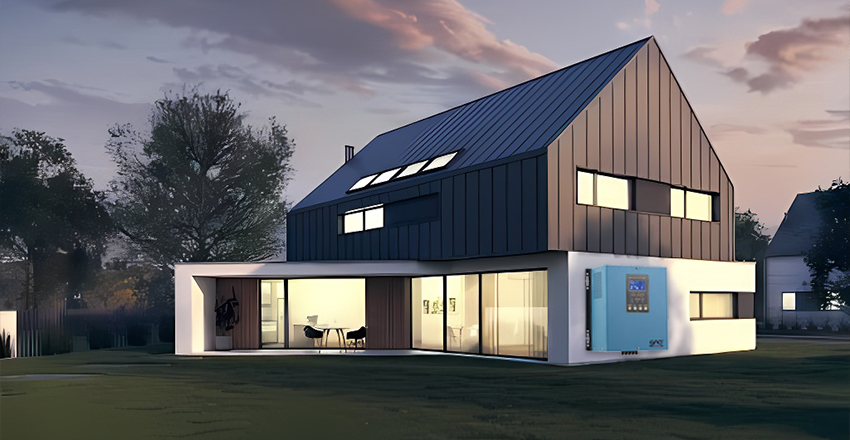Solar energy inverters are the cornerstone of any solar power system, playing a critical role in harnessing and optimizing solar energy. These devices convert the direct current (DC) electricity generated by solar panels into alternating current (AC), which is compatible with household appliances and the power grid. Beyond conversion, modern solar inverters come with advanced features that improve energy efficiency, system monitoring, and reliability, making them indispensable for maximizing solar power potential.

Solar panels generate electricity as DC, but most homes and businesses rely on AC power for daily operations. A high-quality inverter ensures this conversion is conducted the transformation so as to avoid energy loss. Advanced inverters employ a number of technologies such as Maximum Power Point Tracking (MPPT), which dynamically adjusts the inverter’s operation to ensure that it mirrors the optimal output of the solar panels across different lighting conditions, thus allowing the system to generate maximum output.
In addition, most modern solar inverters come with smart monitoring systems that allow end-users to see real-time details about energy production, consumption, and system performance. Such insights help users spot inefficiencies, find faults and shape energy-use patterns for effective use of their solar investment. While some inverters are connected to mobile applications or online platforms and can provide alerts for maintenance needs and remote access.
Solar inverters for grid-tied systems enable smooth integration with the local power grid. They match the system’s output to standards on the grid, which allows excess energy to be exported to it in net metering programs. Not only does this lower electricity costs, but homeowners can also receive credits for any excess energy they produce. Hybrid inverters can also control battery storage, allowing for efficient use of stored power during high-demand periods or grid failure.
To improve the reliability of a solar power system, solar energy inverters are implemented to ensure stable energy output even in less-than-perfect conditions. Tile shading, temperature variation, and other voltage irregularities do not affect advanced inverters; hence, performance is consistent and the solar panels last longer. Most inverters also come with built-in safety features like surge protection and automatic shutdowns during grid failures.
If you are a homeowner that plans to add more solar panels to the system in the future, it will be important to choose the right inverter. A large number of inverters have expandable features to add more panels or connection to battery storage for easy scaling as needs change. Such versatility guarantees ongoing value, offering flexibility for changing energy needs.
Solar equipment is a vital player in reducing greenhouse gas emissions by optimizing the efficiency of solar power systems. This continued reliance on fossil fuels can damage air quality and promote climate change, and streamlining the conversion and management of solar energy reduces this dependence, leading to a greener and even sustainable source of energy.
Choosing a solar inverter depends on parameters like the size of the system, compatibility with solar panels, and specific energy requirements. For instance, string inverters are the best type for projects with consistent exposure to the sun, whereas microinverters work well for sites with shading issues. Despite that hybrid inverters are the best option for a user who is plugging in a battery.
(Solar energy inverters are more than just the most critical component of solar power systems—they are the engine behind solar efficiency, reliability, and versatility.) They allow homeowners to get the most out of their investment, save money on energy, and move toward a sustainable future via solar energy conversion & management. In order to reap the maximum benefits in your home or business through solar energy, investing in a high-quality solar inverter is extremely vital.